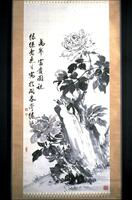25 UMMA Objects
25 UMMA Objects
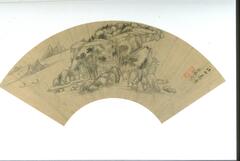
Chen Jiru (Ch'ên Chi-ju)
Remote Mountain Temple by the River
1558 – 1639
Museum purchase, Acquisition Fund
1972/2.351

Indian;Mughal (Indian (South Asian))
A wandering Shaivite ascetic with his dog
1567 – 1632
Museum purchase, Acquisition Fund
1969/2.175

Tibetan (Tibetan (culture or style))
Shakya Senge: Padmasambhava as a young monk
20th century
Museum purchase, Acquisition Fund
1973/1.808C
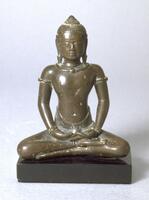
Khmer (Khmer (general))
Buddha, seated in the ardha padmasana pose, in dhyana mudra
1067 – 1099
Museum purchase, Acquisition Fund
1974/2.31

Shunshō Katsukawa (Japanese (culture or style))
Nishiki Hyakunin Isshu Azuma Ori [Eastern Brocade Collection of 100 Poems by 100 Poets]: Murasaki Shikibu (classical author and poet, fl. ca. 1000)
1774
Museum purchase, Acquisition Fund
1978/2.54
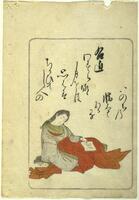
Shunshō Katsukawa (Japanese (culture or style))
Nishiki Hyakunin Isshu Azuma Ori [Eastern Brocade Collection of 100 Poems by 100 Poets]: Seated Poetess
1774
Museum purchase, Acquisition Fund
1978/2.56
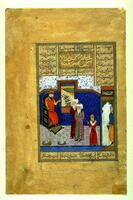
Turkoman
Khusrau brought before his father Hurmuzd; from the Khamza of Nizami
1460 – 1470
Museum purchase, Acquisition Fund
1969/2.174

Artist Unknown, Mughal Workshop, Uttar Pradesh
Ascetics with dogs in landscape
17th century
Museum purchase, Acquisition Fund
1969/2.176
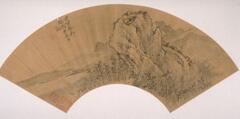
Zhang Feng (Chinese (culture or style))
Landscape with Bamboo (fan painting), Spring
1662
Museum purchase, Acquisition Fund
1972/2.350
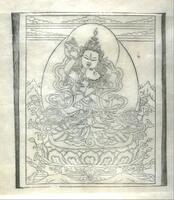
Tibetan (Tibetan (culture or style))
Padmasambhava in Yabyum (Divine Union)
20th century
Museum purchase, Acquisition Fund
1973/1.808B
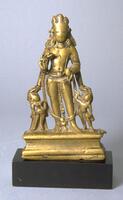
Indian (Indian (South Asian))
Vishnu with two attendants
9th century
Museum purchase, Acquisition Fund
1970/2.146
Loading…
